A Brief History of Engraving and
Family Crest Rings
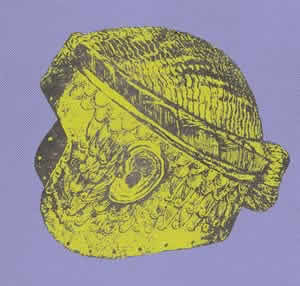
Metal engraving started as a decorative technique around the 5th century B.C. It predates acid etching and was often used with techniques such as chasing and repousee. The latter methods use a shaped metal rod hammered against metal to make an indentation. Hand engraving utilizes a short, sharpened rod that is pushed by hand along the surface carving out a line in the metal. This results in a much sharper line than any other method. The golden helmet pictured here is one of the first examples of hand engraving.
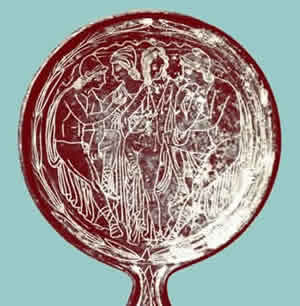
Hand engraving was particularly popular in Greece during the 3rd and 4th centuries B.C. The back of this bronze mirror shows an engraved scene of contemporary life. Urns were also embellished with such scenes or illustrations from mythology. The development of the alphabet also increased the use of engraving as a way to commemorate special dates or immortalize philosophical sayings.
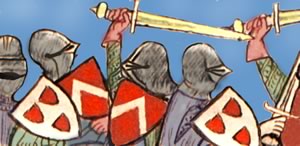
During the 15th century A.D., hand engraving reached its peak. It was used to decorate armor and commemorative items. This is also when heraldry became critical. When your body is completely covered in armor, your shield had to announce your alliance.
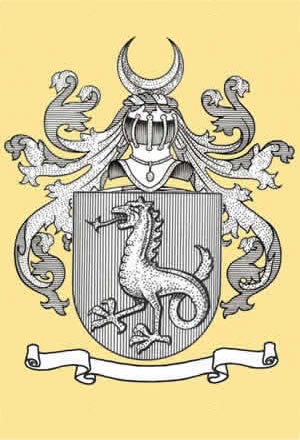
What many refer to as a family crest is actually a Heraldic Emblem. The family crest is just one part of the emblem. The shield in the center displays the coat of arms. This name came from the "coat,"or sleeveless top, that was worn over armor, that displayed the family "arms." It was used on the shield as well as to designate family possessions, since few people of the time could read. Sometimes the shield is divided into sections showing several designs when families joined through marriage. More elements further personalize the design. A "crest" that was worn on top of the knight's helmet can be seen here as a crescent moon. The rippling fabric represents the "mantle" that was worn on the back of the helmet to keep the sun off. Men of high rank also had a "crest coronet" that would be a crown on top of the helmet.At the bottom, there may be a scroll with a motto which is called the "achievement."
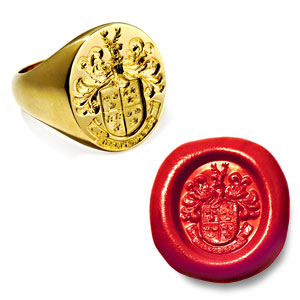
Signet rings were engraved with the heraldic emblem cut into the surface of the top. The image is in reverse so that when the ring is pressed into hot wax, it creates a low relief image. This was used to seal letters or stamp documents so that the receiver could be assured of authenticity. Today, this type of ring is commonly called a Family Crest Ring. It is our link to an ancient past and a symbol of pride in your continuing family heritage.
